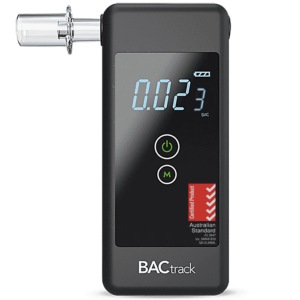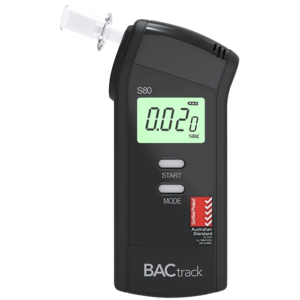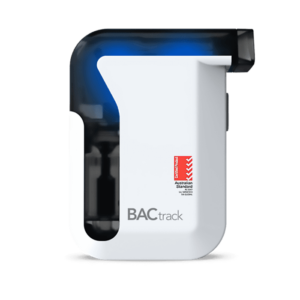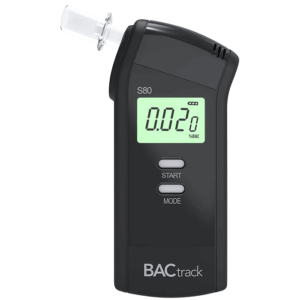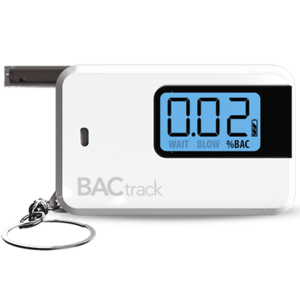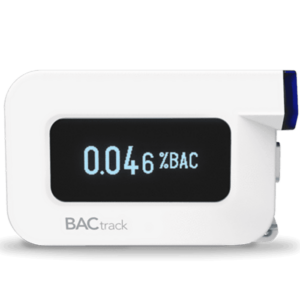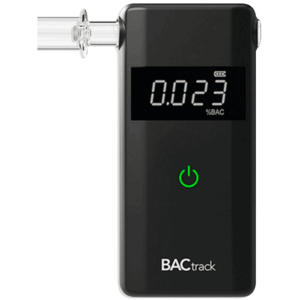Pre Employment Drug and Alcohol Testing: Advantages and Methods
08 August, 2022

High-risk industries frequently conduct drug and alcohol tests to manage safety hazards in the workplace. Many workplace accidents and injuries are connected to substance use or impairment. Thus, it is a standard practice in regulated sectors like mining, transport, healthcare, and construction to implement drug and alcohol testing. Typically, they have zero-tolerance policies to inhibit substance misuse at work. Moreover, workplaces test employees in various situations, following state or federal laws. One of the safety measures that many organisations use is pre-employment drug and alcohol testing. Methods include drug testing through urine or saliva samples and alcohol tests through a breathalyser. The workplace breathalysers from Breathalysers New Zealand are accurate, easy to use, and suitable for high-compliance environments.
Advantages of Pre-Employment Drug and Alcohol Testing
Employing pre-employment drug and alcohol testing with other safety programs can help enhance a healthy working environment. It is the process of screening job applicants for the use of illicit substances and alcohol. Drug test screens are for abused drugs such as methamphetamines, marijuana, cocaine, opiates, and phencyclidine (PCP). Meanwhile, an alcohol test detects ethanol through a device like a breathalyser. Furthermore, workplaces with zero-tolerance policies require passing a drug and alcohol test to grant a job offer. It helps employers assess prospective employees who are most able for the job. Moreover, pre-employment testing offers the following advantages:
- Hire the right people – employing people who do not possess risky behaviours that may jeopardise workplace safety is vital.
- Improved safety – drug and alcohol tests deter impairment. As a result, it minimises accidents due to drug and alcohol use.
- Productivity – Few accidents mean fewer disruptions. Employees work continuously and reach target goals. It also means low absenteeism or tardiness.
- Costs savings – accidents entail hospitalisation, insurance, or compensation costs. Therefore, employers save more by conducting drug and alcohol testing.
- A healthy community – workplace programs aim to promote safe practices and protect the welfare of employees. A drug and alcohol test for employment boosts employee morale and improves company integrity.

Guide to Pre-Employment Drug and Alcohol Testing
Drugs and alcohol affect a person’s senses, perception, and motor skills, especially when taken in high doses. It results in blurry vision, reduced hearing, slurred speech, impaired reasoning, and loss of coordination. Likewise, substance misuse can have long-term health risks. As a result, the reduced capacity affects a person’s ability to work safely. It poses hazards not just to the affected employee but to colleagues. Therefore, pre-employment drug and alcohol testing can help mitigate risks associated with substance misuse. However, before a company can implement a drug and alcohol test, it must follow the following guide:
- Have an established and comprehensive substance use policy.
- Indicate on the job application that an employment offer may be contingent on the results of the test.
- Secure informed consent with a signed document as proof.
- Indicate the test methods they will use, the procedures, and the substances they will test for.
- Communicate the consequences of a failed drug and alcohol test result.
Methods of Pre-Employment Drug and Alcohol Testing
The standard pre-employment drug and alcohol testing methods are urine or saliva tests for drugs and breath tests for alcohol. Most employers use urine or saliva drug tests because it is less invasive and give rapid results. Drug test kits can detect illicit substances in five minutes. Meanwhile, a breathalyser is cost-effective in detecting alcohol impairment. A workplace breathalyser like BACtrack is a portable device that examines the breath sample to estimate the Blood Alcohol Concentration (BAC). Self-testing devices like a breathalyser are cost-efficient in substance use monitoring in the workplace. Moreover, these methods can detect drugs and alcohol for up to 24 hours from the last use. Therefore, they are suitable for determining recent consumption.
Other test procedures include blood and hair sample tests. Although a blood test is considered the most accurate, it is also the most invasive. Therefore, it is not the first choice for pre-employment drug and alcohol tests. However, employers may use it to confirm a positive result from the initial screening. Furthermore, drugs and alcohol remain detectable in hair for up to 90 days. Thus, a hair follicle test is essential in knowing a person’s past use. Employers may use various procedures according to their particular needs. In addition, a positive test result utilising self-testing kits may require further confirmation. Meanwhile, a breathalyser can measure the BAC without needing a laboratory examination.
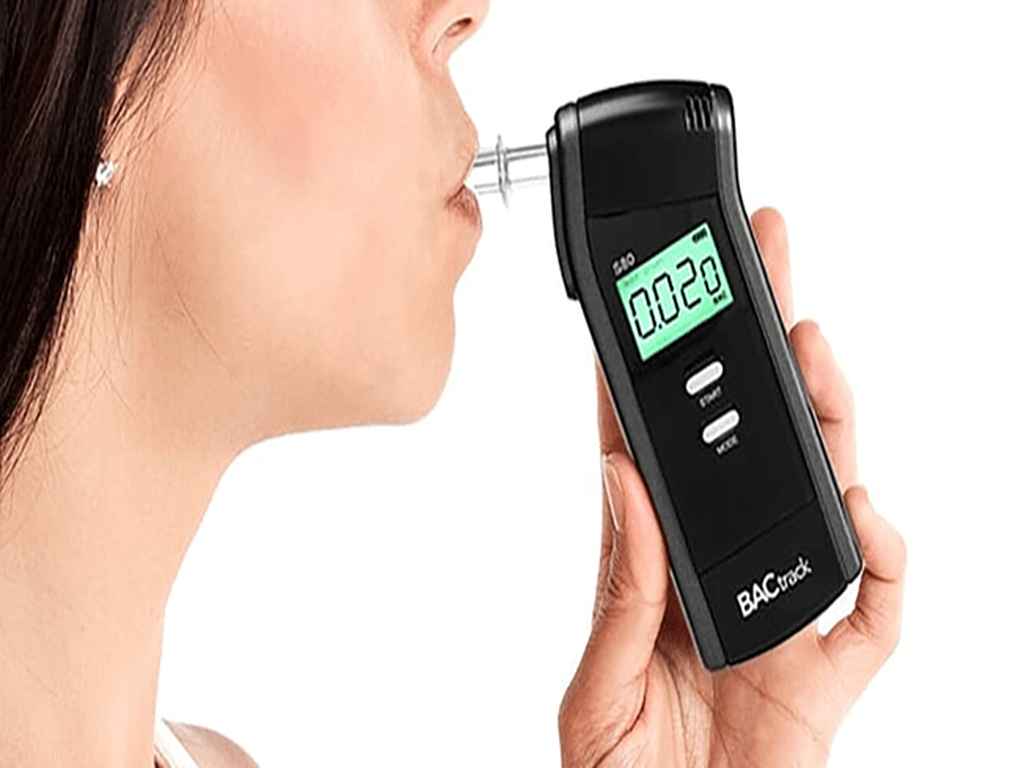
Benefits of Workplace Breathalysers for Pre-Employment Drug and Alcohol Testing
A breath test is the most practical method to monitor alcohol impairment in the workplace. It is common for individuals to drink after work hours. For some people, alcohol makes them relax or unwind. In low amounts, it can elevate the mood and lower inhibitions. However, alcohol consumption becomes a workplace safety issue if the quantity consumed exceeds a person’s capacity to metabolise it. This is because the more alcohol a person drinks, the longer it stays in the body. Consequently, it poses significant hazards while driving or working. Therefore, a workplace breathalyser can help employers determine intoxicated workers or job applicants. A portable breathalyser like the BACtrack is easy to operate, making it ideal for pre-employment drug and alcohol testing.
Most workplaces use fuel cell breathalysers for accurate and valid test results. This is because fuel cell breathalysers undergo an electrochemical process to oxidise alcohol in the breath. Moreover, they only react to ethanol and do not interact with other substances in the breath. Therefore, it is less likely to produce false positives, including the results of people with diabetes or on a low-calorie diet. The fuel cell sensors also remain consistent despite high-volume use. Thus, workplaces can make the most of a fuel cell breathalyser like the SHIELD. It is an efficient BAC monitoring tool, minimising alcohol-related incidents. Lastly, it enables an employer to conduct frequent alcohol testing without testing centre services.
Conclusion
Workplaces conduct pre-employment drug and alcohol testing to help manage safety risks. It helps ensure they hire the right people for safety-sensitive positions. It also helps reduce the risks of accidents, which can lead to additional costs and reputational damage. However, they must ensure to follow the proper procedure. This includes informing applicants in the job post about testing as a requirement and gaining informed consent. Afterwards, they may choose to implement urine, saliva, breath, urine, or hair tests.
For alcohol testing, breathalysers are reliable devices that can provide quick results. In particular, the BACtrack workplace breathalysers utilise enlarged fuel cell sensors that can trace the BAC over a complete alcohol concentration range. In particular, the fuel cell sensors of the BACtrack S80 Pro Gen2, BACtrack Mobile Gen2, SHIELD Express Identity, and SHIELD Express Touch can precisely measure the BAC from 0.000 to 0.400%, ensuring complete accuracy. They may also opt to use urine and saliva test kits to quickly trace drug misuse in the samples.

















